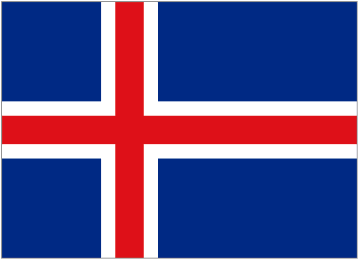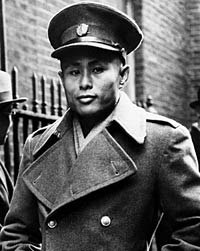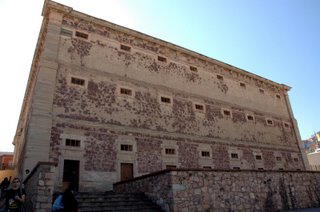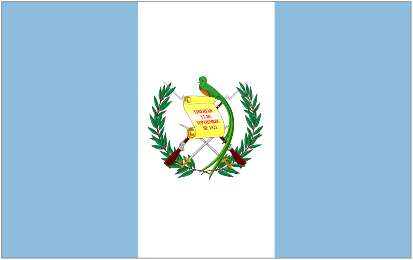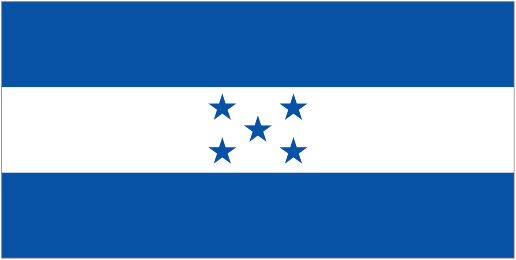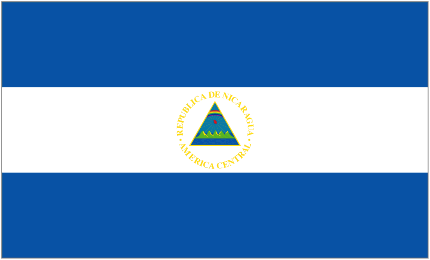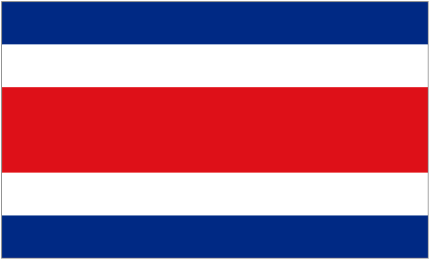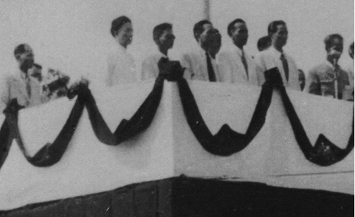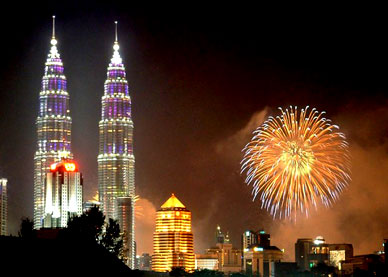June 17

“So weareth summer: Uspak rideth to the Leet and halloweth it; and when harvest comes, he fares to the fells when men go after their wethers, and they were brought in well, for the searching was careful, and no sheep were missing, either of Odd’s or any other man’s.” — The Story of the Banded Men, ancient Islandic saga
Summer is here, and few appreciate that fact more than the Icelanders. On June 17, one of the longest days of the year, Iceland celebrates its independence from Denmark in 1944.
That’s right, the Icelanders left Denmark during its darkest hour, when the mother country was on its knees, occupied by Nazi Germany in World War II.* That just shows how sneaky Icelanders are.
In fact Iceland was founded on sneakiness. It was named “Iceland” despite its volcanos and steaming geysers to convince tourists to try someplace “sunnier.” Like Greenland.
And the ploy worked. Today Iceland has a population of only 320,000. Meaning if Iceland were a U.S. city, it would be vying with Riverside, California for the coveted “60th biggest city in the nation” spot.
Despite its diminutive size, Iceland is was an economic powerhouse. It ranked #1 in the UN Human Development Index in 2007/2008, and is consistently one of the wealthiest countries in the world, per capita. Or at least it was until 2008 when the global financial crisis decimated the Icelandic economy. When the smoke cleared, it turned out the three largest banks in the country had nursed a combined debt equal to six times Iceland’s annual GDP.
The crisis hasn’t put a damper on this year’s celebrations though, which are set to include parades, dancing, singing and merry-making as usual.
June 17 was chosen as the day to officially break away from Denmark back in 1944 because it was the birthday of Jón Sigurðsson, the leading proponent for Icelandic independence back in the 19th century.
“He who lives without discipline dies without honor.” — Icelandic proverb
“Two men need one money, but one money needs no man. One is on one’s knees, loses one’s head, except maybe a delicious demon. Hee how!” — Bjork
*At the time of its independence, Iceland was occupied by the Allies. British troops landed in 1941; U.S. troops took over soon after. And left in 2006.

